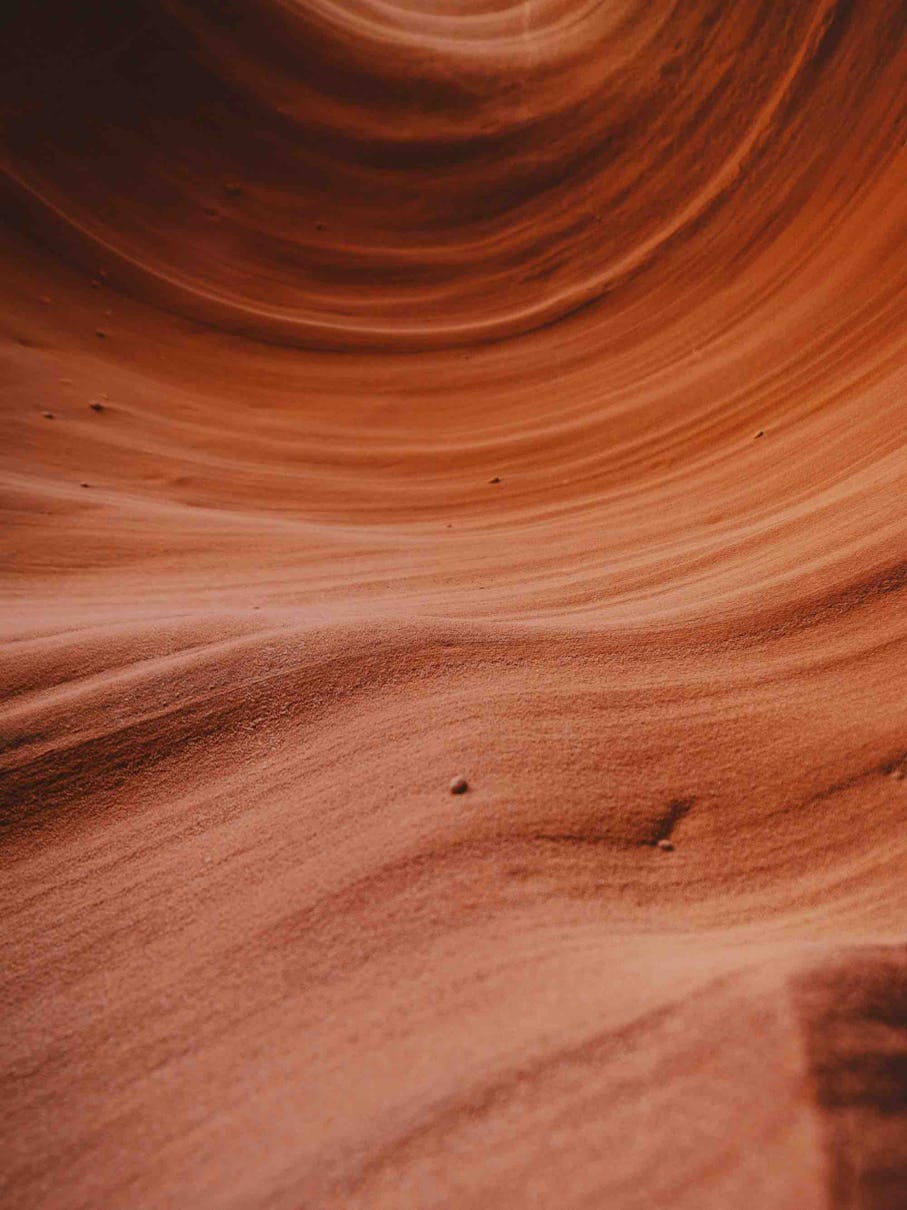
Blurry Vision & Dry Eyes - The Connection

What's In Our Essential Eye Vitamins
Dry eyes are a condition that affects the tear film - the three-layer protective covering on the eyes' surface. A smooth and stable tear film is necessary for clear and comfortable vision. Any disruptions to this film can cause dry eyes - with symptoms such as burning, itching, watering, and blurred vision (more below).
Dry eyes are a multifactorial disease, meaning many different factors can contribute to its development and cause disruptions to the tear film.
As a first step, our '60-Second Eye Test' includes an adapted OSDI (Ocular Surface Disease Index) ophthalmology test. The test takes less than a minute and tells you how dry your eyes are. You get a score from 0 to 100 - the higher the score, the drier your eyes are.
Most (over 90%) dry eye cases are evaporative dry eyes. This occurs when the tears on the eyes’ surface evaporate too quickly. This is typically caused by dysfunction in the meibomian glands, which produce the tear film’s outer oily (lipid) layer. When these glands do not function properly, the oily layer becomes unstable - exposing the middle watery (aqueous) layer - leading to dry eyes. This accounts for the majority of dry eye cases.
Aqueous deficient dry eye is a condition in which the eyes do not produce enough tears to keep the eye's surface moist and comfortable. This can happen when the lacrimal gland, located in the upper outer corner of each eye, is not producing enough of the aqueous (middle) layer of tears. Autoimmune conditions, corneal sensory loss, and obstructions in the lacrimal glands or ducts can all lead to aqueous deficiency. Additionally, certain drugs and hormonal imbalances, including those during menopause, can contribute to aqueous deficient dry eye. Sjögren’s Syndrome is an autoimmune disorder that can also cause aqueous deficiency and other symptoms such as dry eyes and mouth.
Lastly, mixed dry eye is characterised by a combination of aqueous tear deficiency and tear film instability, causing dry eye symptoms.
Evaporative Dry Eye symptoms & Aqueous Deficient Dry Eye symptoms include:
Why do dry eyes water? This seems counterintuitive - but it’s a common question.
When your meibomian glands don’t make enough oils (for the outer lipid layer of the tear film), the middle, watery (aqueous) layer evaporates too quickly. In response, your lacrimal glands (on the upper, outer corner of each eye) try to make more watery tears to compensate. But these tears can’t properly coat your eyes like the oily layer. So, they can’t solve the underlying problem.
Your meibomian glands are the tiny oil glands that line the eyelids’ margin (the edges that touch when the eyelids are closed). These glands secrete oil which coats the surface of our eyes and keeps the water component of our tears from evaporating (drying out).
Take periodic eye breaks if you’re reading or doing another task requiring visual concentration. Close your eyes for a few minutes. Or repeatedly blink for a few seconds to help spread your tears evenly over your eyes. Looking away from your computer screen every 20 minutes at something 20 feet away for 20 seconds helps to reduce strain and fatigue on your eye muscles. This is known as the 20-20-20 rule.
Taking a proactive approach to nutrition and supplement intake can support your eye health and overall well-being. Including supplements in your daily balanced diet can help fill any nutritional gaps, and omega-3 fatty acids are a crucial nutrient to consider. These healthy fats are found in your tears’ lipid (top) layer. To boost your omega-3 and omega-6 intake, consider incorporating oily fish, nuts, seeds, eggs, and leafy greens into your diet. Maqui Berry has been shown to improve the quality and volume of tear production.
Certain medications, such as antihistamines, antidepressants, painkillers, and oral contraceptives, can cause Dry Eye. If you’re taking any of these and experiencing dry eye, talk to your GP about your options. Drops and sprays can help in the meantime - they moisturise the eye's surface, strengthening the lipid (top) layer - and stabilising the aqueous (middle) layer of your tear film.
Don’t direct hair dryers, heaters, air conditioners or fans toward your eyes.
Your eyes don't like dusty, windy, and smoky environments - they cause your tears to evaporate. Avoid central heating and air conditioning when possible. And use a humidifier to help moisten your eyes. The air at high altitudes, in desert areas and in aeroplanes can be arid. When spending time in such an environment, it may be helpful to frequently close your eyes for a few minutes to minimise your tears’ evaporation.
In winter (or in central heating or air conditioned environments) , use a humidifier to add moisture to the dry air.
If you smoke, a quit-smoking strategy will help with dry eyes. If you don’t smoke, stay away from people who do. Smoke can worsen dry eye symptoms.
Normal blinking happens without thinking, but if you’re spending long hours in front of a screen, you’ll need to take regular breaks to regulate tear production. Your Dry Eye might cause Computer Vision Syndrome (CVS), which can also cause blurred or double vision, headaches, and general eye irritation.
Large, wraparound glasses and sunglasses can help. Also, safety shields can be added to the tops and sides of glasses to block wind and dry air.
If you wear contact lenses and your eyes are dry, you may need to switch to glasses while your eyes recover. We recommend at least a day off every week (if you wear contact lenses daily). Regular eye checks are also a good rule of thumb.
If you have chronic dry eyes, use eye drops even when your eyes feel fine to keep them well-lubricated. Make sure the Eye Drops are preservative-free. Check out our Eye Drops.
What’s good for the heart, is good for the brain, is also good for the eye. The link between mental health and eye health is clear, so make sure you look after yourself.
(i) MUCOUS (MUCIN) LAYER
Closest to your eyes is the mucin (mucous) layer. It sits atop the cornea, the clear part of the front of the eye, and provides a foundation for the other tear layers to maintain the right shape and stay in place.
(ii) WATERY (AQUEOUS) LAYER
In the middle is the aqueous (watery) layer, which provides moisture, oxygen and other nutrients to the cornea, affectionately called the ‘windscreen’ of the eye. It helps to wash away anything that gets into the eye, such as dirt, so the front of your eye stays smooth (so it can see and focus properly).
(iii) OILY (LIPID) LAYER
The top layer of tears furthest from your eye is the lipid (oily) layer. It floats on the tears and seals in the moisture of the aqueous layer underneath, making sure your tears are spreading over your eye correctly and stopping them from evaporating too quickly.
Adequate tear production is necessary to protect the eye from infection. A lack of tears can increase the risk of eye infections.
If left untreated, severe dry eyes can cause inflammation, damage to the cornea, the formation of corneal ulcers and even vision loss.
Dry eyes can make it difficult to perform everyday tasks such as reading and negatively impact the quality of life.
Aqueous deficient dry eye is when your eyes don’t produce enough tears. Your lacrimal gland (in the upper, outer corner of each eye) produces the aqueous (middle) layer of your tears. Some autoimmune conditions can cause inflammation in your lacrimal gland and prevent it from making enough of the aqueous layer.
Corneal sensory loss contributes to aqueous deficiency because corneal sensitivity plays a vital role in the blink feedback loop. When the tear film evaporates, a message is sent to the lacrimal gland to produce tears. When the sensation is diminished, the feedback loop is interrupted. Corneal sensory loss has many causes, including ageing, Cataract surgery (limbal incision), wearing contact lenses, and Laser Eye Surgery (LASIK). Obstructions in the lacrimal glands or ducts or other diseases of the lacrimal glands may also cause aqueous deficiency.
A suspected correlation between aqueous deficiency and hormonal imbalances — falling oestrogen levels and dropping testosterone levels — occurs with the onset of menopause. Antihistamines, anti-depressants, chemotherapy drugs, and other drugs can contribute to aqueous deficiency. Aqueous deficiency can be caused by Sjögren’s Syndrome, an autoimmune disorder with sufferers complaining of dry eyes and mouth, among other symptoms. Other autoimmune diseases can also play a role in aqueous deficiency.

